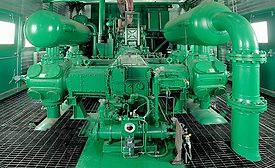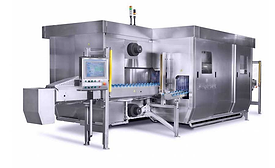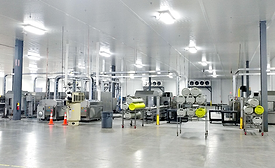Processing
Food Safety
The importance of preventive controls
Preventive controls are a must for processors to meet safety goals
April 22, 2018
Field Reports
How a pasta maker has maximized packaging efficiency
Schubert’s TLM technology uses reflected light color scanner to ensure accuracy
April 22, 2018
Green Series
How food processors can successfully manage water and utilities
Production demands are king, but processors can still find efficiencies
April 9, 2018
Field Reports
Dancing Goat distillery chooses Miura boilers to meet its steam needs
Wisconsin-based distiller needed high quality, reliable steam for distilling
April 9, 2018
High-Pressure Processing
Cold Pressure Council offers updated guidelines for HPP
Cold Pressure Council’s “HPP Certified” seal indicates freshness and a food-safe, clean-label product
March 27, 2018
Engineering R&D
Rubber Fab develops technology to spot rubber with x-rays
Sanitary gaskets and seals have typically been invisible to X-ray detection systems, but a new range of functional materials makes them opaque
March 25, 2018
HPP
Universal Pure Survey: Food safety helps drive increase of HPP
Consumer demand for fresh food is leading to an increased role for High Pressure Processing.
March 22, 2018
Building a Future Food Factory, Part 6: Legal Issues
When selecting a site for a new food or beverage plant, be prepared for legal issues.
March 21, 2018
Food Safety
How to upgrade your plant to meet food safety standards
If your plant is more than 30 years old, chances are it needs some work if it’s to meet current regulations and pass muster with food safety and customer audits
March 18, 2018
Elevate your expertise in food engineering with unparalleled insights and connections.
Get the latest industry updates tailored your way.
JOIN TODAY!Copyright ©2024. All Rights Reserved BNP Media.
Design, CMS, Hosting & Web Development :: ePublishing













